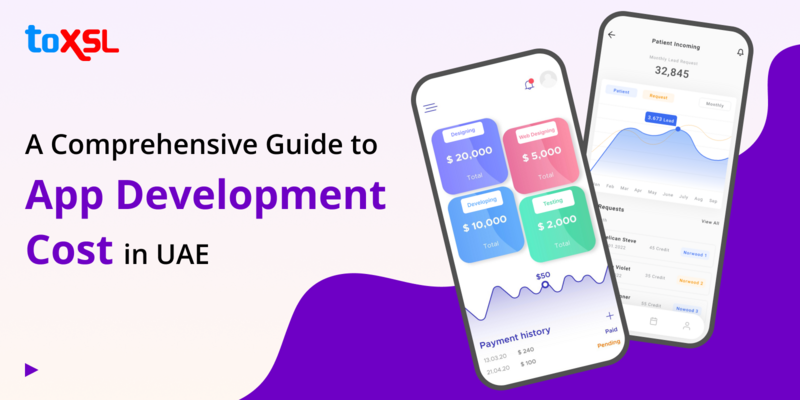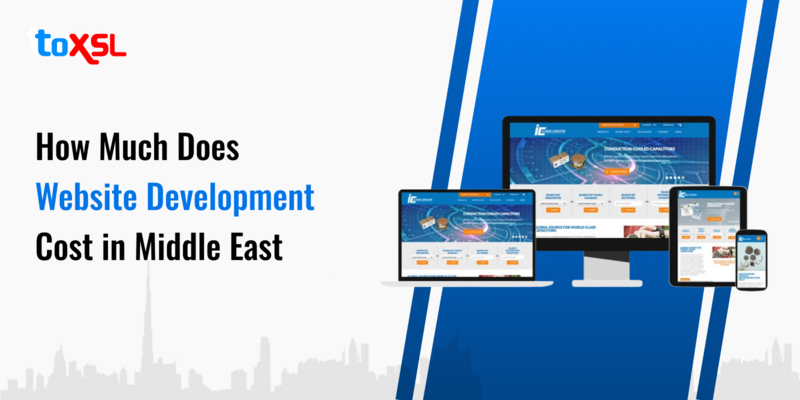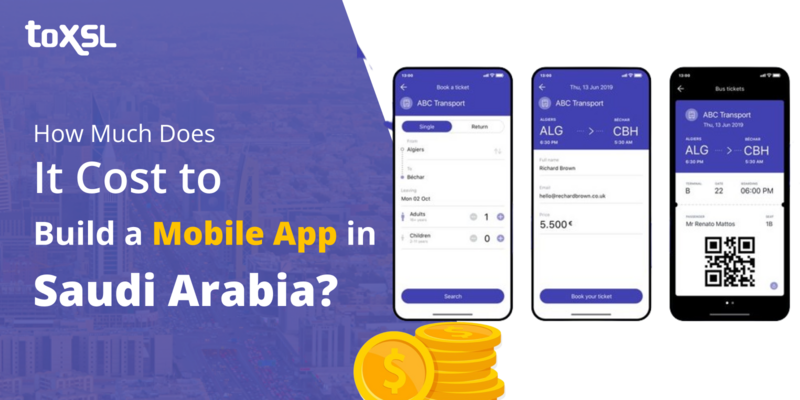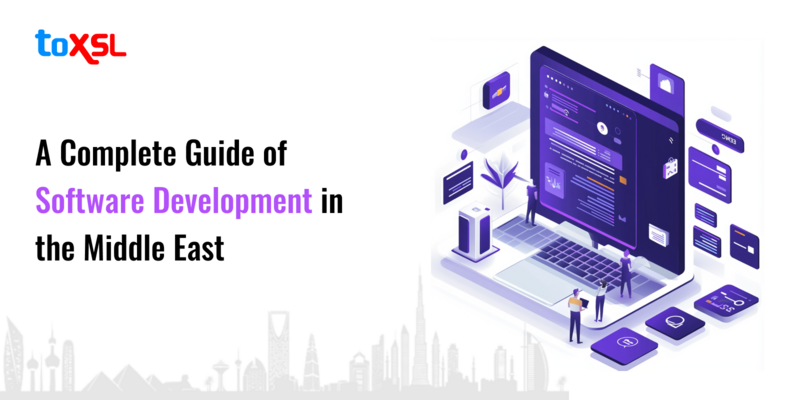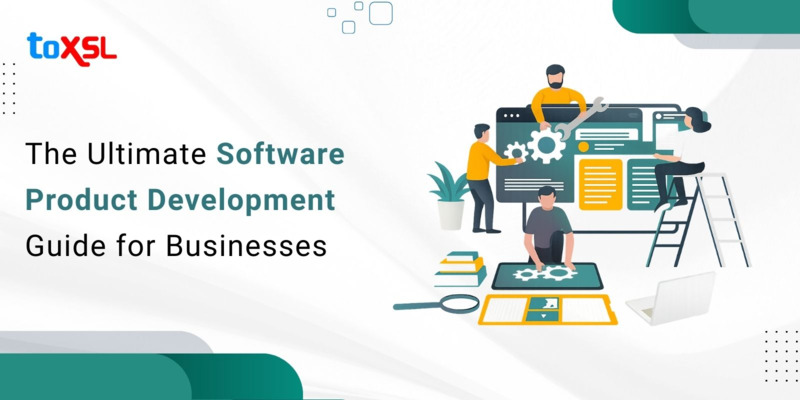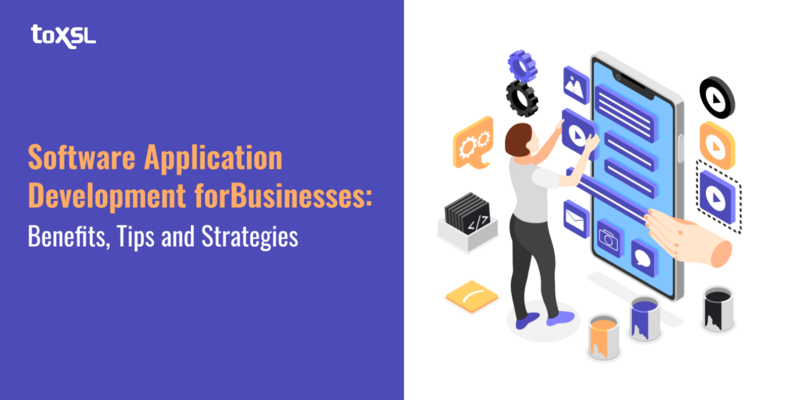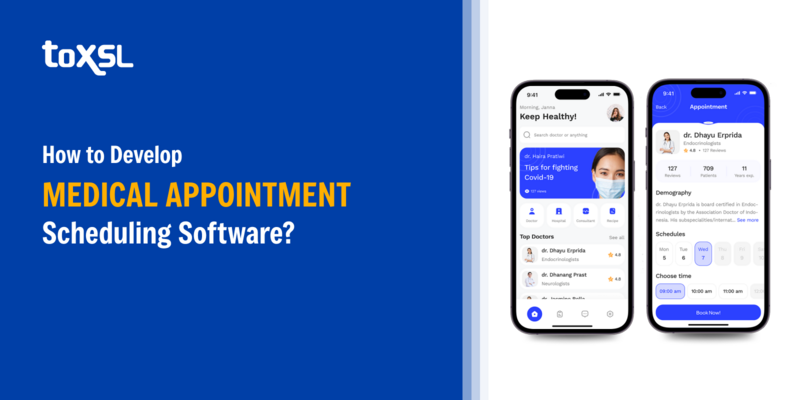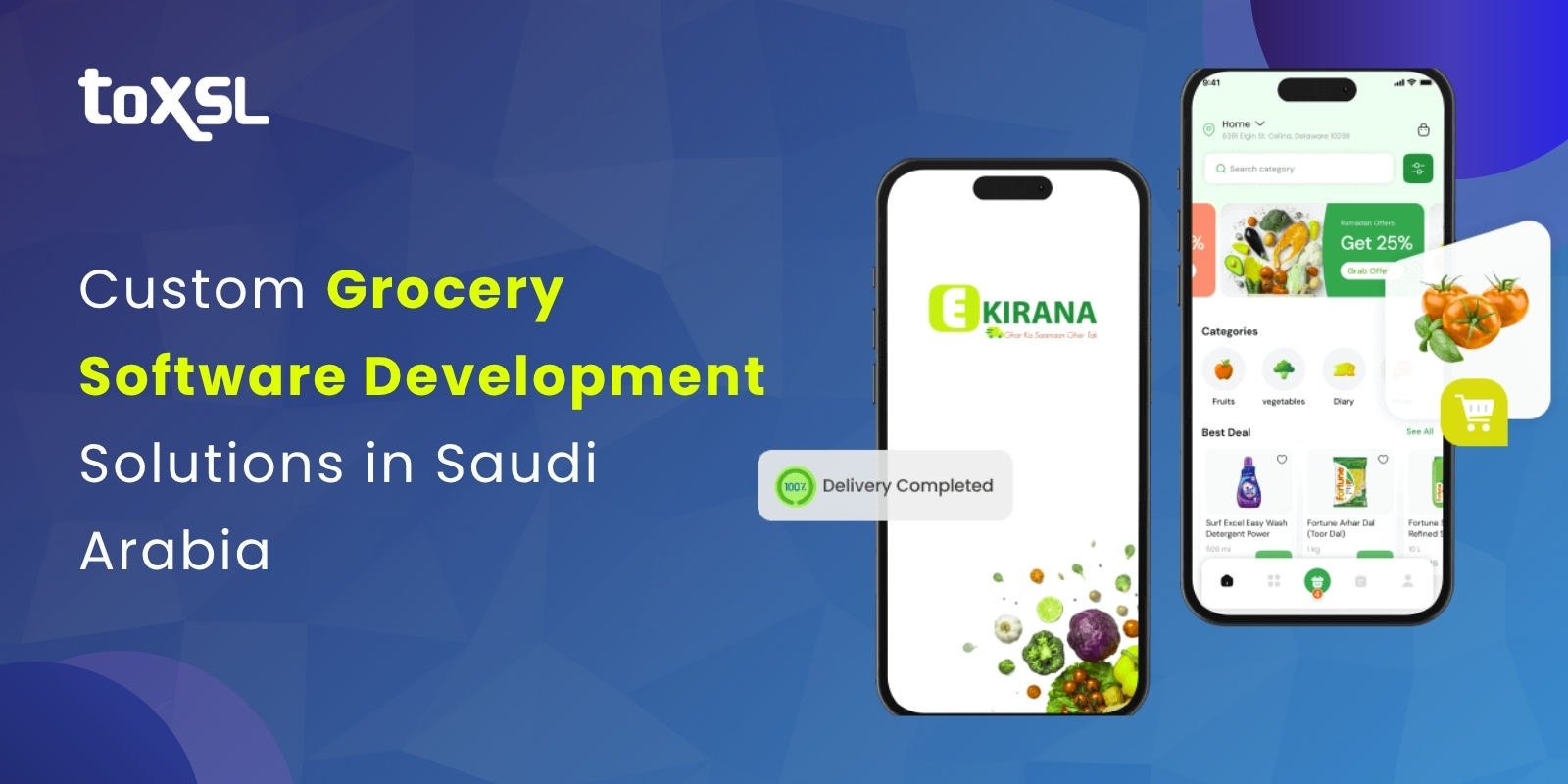
The global software development market is expected to reach $11.78 billion in 2029, at a CAGR of 20.2%. The grocery retail market in Saudi Arabia is evolving with a surge in digital transformation driven by consumers' growing preference for convenience, variety, and speed. Grocery software development has become imperative for businesses looking to capture market share and enhance customer experience.he global software development market is expected to reach
Key Takeaways
Grocery retail has thin margins, high SKU counts, perishability, timing, and logistics issues.
Last-mile delivery is central; tracking, routing, fulfillment cost control, returns management all matter.
Data localization, e-invoicing, local payment methods, and cultural norms must be built in.
Launch an MVP in one metro city, validate, iterate, then scale to other cities.
Development in KSA typically takes several months and the cost is non-trivial; build a buffer.
With increasing competition, differentiators like loyalty programmes, personalization, and fast, reliable delivery are essential.
What is a Grocery Delivery App?
Business Models of Grocery Delivery Apps

Inventory-led Model: In this approach, the grocery delivery company owns or controls the inventory by purchasing products directly from suppliers and storing them in warehouses or fulfillment centers. The company manages the entire supply chain, including inventory management, packing, and delivery logistics. This model allows for greater control over product quality and service but requires significant investment in storage and logistics infrastructure. Revenue comes from product sales, delivery fees, and sometimes subscription services.
Marketplace Model: This model operates as an intermediary platform connecting customers with multiple local grocery stores or vendors. The app itself does not hold inventory; instead, partner stores fulfill the orders. The platform facilitates the transaction and delivery, often earning revenue through commissions on sales, delivery fees, and advertising on the platform. This model requires less upfront investment and can offer a wide product selection from various stores.
Hyperlocal Model: Focused on fast delivery from local stores to customers, this model often promises delivery within 1-2 hours by leveraging local inventory and a network of delivery agents. It emphasizes convenience and speed, serving a specific geographic area to maintain efficiency. Revenue sources include commissions from stores, delivery charges, peak-time fees, and subscriptions.
Subscription-Based Model: Users pay a recurring fee to access premium features like free or discounted deliveries and exclusive offers. This model secures steady revenue and encourages customer loyalty.
Must-Have Features in a Grocery Delivery App

User Panel (Customer)
- Easy Registration & Login: Social media, email, and phone number sign-up options for quick access.
- Smart Search & Filters: Find products quickly through categories, advanced filtering, and AI-powered predictive search.
- Product Details & Reviews: Detailed descriptions, pricing, and customer reviews build trust.
- Cart & Wishlist: Add items for instant purchase or save for later.
- Multiple Payment Options: Support UPI, credit/debit cards, wallets, and cash on delivery.
- Order Tracking & Real-Time Updates: Live GPS tracking keeps customers informed on delivery status.
- Push Notifications: Alerts on discounts, order status, and personalized recommendations.
- Subscription & Loyalty Programs: Encourage repeat purchases with rewards and discounts.
- Scheduled Delivery: Customers can choose convenient delivery time slots for enhanced flexibility.
- Ratings & Feedback: Ability to provide reviews on products and services.
Admin Panel
- Dashboard: Centralized dashboard for a snapshot of orders, deliveries, and revenue.
- User & Order Management: Oversee customers, delivery staff, and orders efficiently.
- Inventory Management: Track stock levels and supplier details.
- Delivery Partner Monitoring: Assign orders, optimize routes, and track deliveries.
- Analytics & Reporting: Generate detailed reports to monitor business performance and user behavior.
- Customer Support Integration: Real-time assistance via chat or call.
- Discount Management: Create and manage promo codes and special offers.
- Payment & Refund Management: Handle all payment transactions, returns, and refunds.
- Content Management: Manage product listings, pricing, and store information.
Delivery App Panel (Delivery Personnel)
- Profile Registration & Login: Quick and secure sign-up process for delivery agents.
- Order Notification & Management: Receive orders with options to accept or reject.
- Live GPS Route Optimization: Navigate using the best possible route to the customer's location.
- Delivery Status Update: Update order status with real-time location tracking.
- In-App Communication: Chat or call customers for delivery coordination.
- Delivery History & Payment Tracking: View past deliveries and payment details.
- Signature Confirmation: Capture proof of delivery via digital signatures.
How to Develop a Grocery Delivery App
- Market Research: Before starting the development, conduct thorough market research to understand the target audience, their shopping habits, and pain points. Analyze competitor apps to identify strengths, weaknesses, and gaps your app can fill. Key considerations include customer demographics, popular products, delivery time expectations, and pricing sensitivity. This research helps shape your app’s unique value proposition and feature set.
- Planning and Defining the Scope: In this phase, the insights from market research convert into a clear project plan. The business model is finalized (inventory-based, marketplace, hyperlocal, or subscription-based). Set realistic objectives such as target users, order volumes, revenue goals, and market share. Define detailed features for each user role to align with these objectives.
- UI/UX Design: User Interface (UI) and User Experience (UX) design are crucial to ensure the app is intuitive, fast, and engaging. Designers work on wireframes, user flow diagrams, and prototypes that map the user journey from browsing products to checkout and delivery tracking. The key focus areas include simple search and filtering, clear product details, easy cart management, visible delivery status, and secure payment. The design must be responsive to accommodate various devices and include accessibility features like voice search and multi-language support to broaden the user base.
- Technology Stack: Choosing the right technology stack sets the stage for app scalability, performance, and maintainability. Common frontend technologies include React Native and Flutter for cross-platform mobile apps, offering smooth user interfaces. Backend services often use Node.js, Python Django, or Ruby on Rails to handle complex business logic and APIs.
- Development Phase: Development begins with the backend setup, including server configuration, database creation, and API development to ensure seamless data transactions. Simultaneously, frontend developers build user interfaces integrating backend APIs for real-time features like product catalog, ordering, and tracking. Implementation of app security measures is crucial to protect user data and payment information.
- Quality Assurance: Comprehensive testing validates the app’s functionality, usability, security, and performance. QA teams conduct manual and automated tests to detect bugs, check responsiveness across devices/platforms, ensure data security, and simulate real-world scenarios to assess app stability under load. User acceptance testing ensures the app meets the end-users’ expectations and delivers smooth interaction.
- Launch and Development: The app is deployed on platforms such as Google Play Store and Apple App Store, following their respective guidelines and approval processes. A marketing strategy is critical at launch to attract early adopters via digital campaigns, promotions, and partnerships. Post-launch monitoring involves tracking user feedback, app analytics, and system performance.
How Much Does It Cost to Develop a Grocery Delivery App
- App Complexity: Ranges from simple (basic catalog and payment) to advanced (AI recommendations, loyalty programs).
- Development Stages: Costs include planning, UI/UX design, frontend & backend development, third-party integrations, testing/QA, deployment, and ongoing maintenance.
- Platform Choice: Developing for Android, iOS, or both influences cost.
- Team Location & Expertise: Developer rates vary by region and expertise.
- Ongoing Maintenance: Typically 15-20% of initial development cost yearly for updates, support, and hosting.
- Complete Ecosystem: A full grocery delivery solution includes apps for customers, drivers, and an admin panel.
App Type / Development Stage | Estimated Cost (USD) | Development Timeline | Key Features / Notes |
|---|---|---|---|
Simple Grocery App | $10,000 – $25,000 | 6 – 10 weeks | Basic product catalog, cart, payment integration, order tracking |
Moderate Complexity App | $25,000 – $50,000 | 10 – 16 weeks | Multi-store support, advanced search, notifications, delivery scheduling |
Advanced Grocery App | $50,000 – $100,000+ | 16 – 24 weeks | AI recommendations, loyalty programs, real-time analytics, marketing features |
Planning & Research | $2,000 – $5,000 | 1 – 2 weeks | Market & competitor analysis, defining app goals |
UI/UX Design | $5,000 – $15,000 | 3 – 6 weeks | Wireframes, prototypes, user-friendly interface |
Frontend & Backend Development | $20,000 – $50,000 | 8 – 16 weeks | Core functionality and server infrastructure |
Third-Party Integrations | $5,000 – $15,000 | 1 – 3 weeks | Payment gateways, maps, analytics, notification services |
Testing & Quality Assurance | $3,000 – $10,000 | 2 – 4 weeks | Bug testing and performance optimization |
Deployment & Launch | $1,000 – $5,000 | 1 week | App store deployment and initial marketing |
Maintenance & Updates (Annual) | $5,000 – $20,000+ | Ongoing | Bug fixes, new features, performance updates |
Full Solution (Customer + Driver + Admin) | $40,000 – $250,000+ | 3 – 6 months | Includes all interfaces necessary for a functional ecosystem |
How to Choose the Right Grocery Delivery App
- Ease of Use and Accessibility: The app should offer an intuitive interface with easy product search, clear categories, and filters to quickly find items. Features such as voice search and multi-language support enhance usability.
- Product Selection and Availability: Look for apps that provide a wide range of grocery items, including fresh produce, specialty products, and daily essentials. Some apps enable comparison across multiple stores to get the best prices and availability.
- Delivery Speed and Service Area: Choose an app that operates in your location and offers delivery times that suit your schedule, whether same-day, next-day, or scheduled time slots.
- Pricing and Payment Options: Compare grocery prices on the app with local store prices, considering any markups. Ensure the app supports multiple secure payment options like credit/debit cards, digital wallets, net banking, and cash on delivery. Look for apps offering discounts, cashback, promo codes, and loyalty programs to get better deals.
- Customer Support and Return Policy: Reliable customer service via chat or phone is essential for resolving issues promptly. A clear and simple return/refund policy adds confidence if you receive wrong or damaged items.
- Real-Time Order Tracking: The ability to track your order and delivery person in real-time provides transparency and peace of mind.
- User Reviews and Ratings: Check reviews and ratings for app usability, product quality, delivery punctuality, and customer satisfaction to gauge overall reliability.
- Security and Privacy: The app should ensure data protection, secure payments, and transparent privacy policies.
Final Thoughts
Frequently Asked Questions

